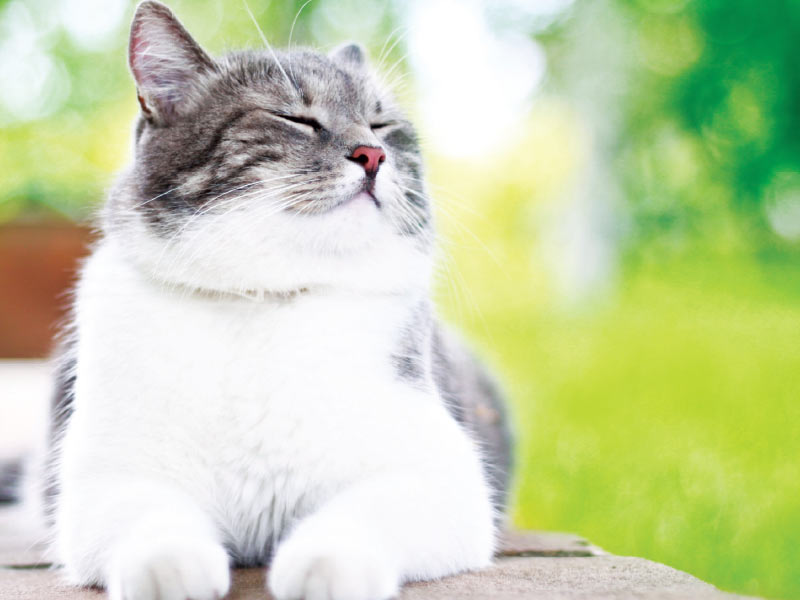Do you ever have those nights when your feline friend seems to have forgotten the meaning of beauty sleep? Whether it’s midnight zoomies or early morning serenades, sleep disorders in cats can be frustrating for both you and your furry companion. But did you know that music therapy might be the secret to helping your cat catch those elusive Z’s? Let’s explore how this gentle, non-invasive approach can transform your cat’s sleep habits and bring harmony back to your household.
Understanding Feline Sleep Patterns
Before we know more about the melodious world of music therapy, it’s important to understand that cats are crepuscular creatures. This means they’re naturally more active during dawn and dusk. However, domestic cats often adapt their sleep patterns to match those of their human families. When this natural rhythm is disrupted, sleep disorders can occur, leading to restlessness, excessive vocalization, or other nighttime disturbances.
The Science Behind Music Therapy for Cats
Recent studies have shown that cats, like humans, can respond positively to certain types of music. While they might not appreciate your favorite pop hits, species-specific music composed to mimic feline vocalizations and environmental sounds has been found to have a calming effect. This music often incorporates purring frequencies, suckling sounds, and bird chirps, creating a soothing auditory environment that can help regulate your cat’s nervous system and promote relaxation.
Implementing Music Therapy for Better Sleep
Ready to give your cat a musical lullaby? Start by creating a consistent bedtime routine. About 30 minutes before your desired sleep time, play some cat-specific or slow classical music at a low volume. Ensure the music is gentle and not overstimulating. Some cats may prefer nature sounds or white noise instead. Observe your cat’s reactions and adjust accordingly. Remember, every cat is unique, so what works for one may not work for another.
Choosing the Right Tunes for Your Feline
While specially composed cat music is ideal, classical pieces with slow tempos and simple melodies can also be effective. Avoid complex orchestral works or music with sudden changes in volume or tempo. Some cat parents have reported success with soft jazz or ambient sounds. There are even playlists and albums designed specifically for feline relaxation available on various music streaming platforms.
Complementary Strategies for Sweet Cat Dreams
Music therapy works best when combined with other sleep-promoting strategies. Ensure your cat has a comfortable, quiet sleeping area away from household traffic. Maintain a consistent feeding schedule, as hunger can disrupt sleep. Engage in play sessions before bedtime to help expend energy. Consider using pheromone diffusers or sprays, which can create a sense of security and calmness.
When to Consult Your Veterinarian
While music therapy can be a wonderful tool for managing mild sleep disturbances, persistent sleep issues may indicate an underlying health problem. If your cat’s sleep patterns don’t improve with music therapy and environmental adjustments, or if you notice other concerning symptoms, it’s crucial to consult your veterinarian. They can rule out medical conditions and provide additional guidance tailored to your cat’s specific needs.
A Symphony of Sweet Dreams
Incorporating music therapy into your cat’s bedtime routine can be a harmonious way to address sleep disorders. With patience, observation, and a bit of experimentation, you may find that the right melodies transform your night owl into a purring sleepyhead. Remember, a well-rested cat is a happy cat, and a happy cat means a happier you!
Animal Wellness is North America’s top natural health and lifestyle magazine for dogs and cats, with a readership of over one million every year. AW features articles by some of the most renowned experts in the pet industry, with topics ranging from diet and health related issues, to articles on training, fitness and emotional well being.
